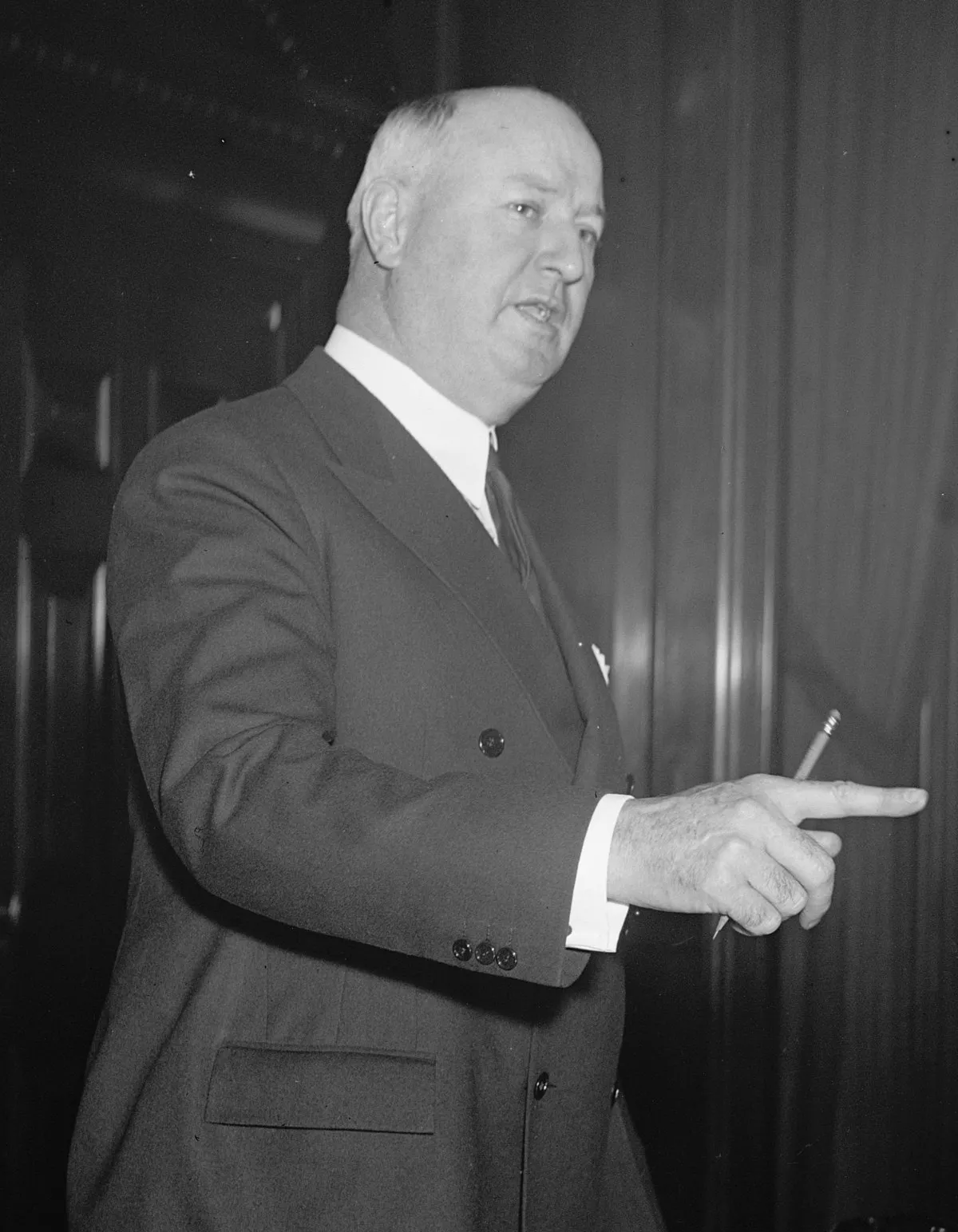 1.
1. James Aloysius Farley was an American politician who simultaneously served as chairman of the New York State Democratic Committee, chairman of the Democratic National Committee, and postmaster general under President Franklin D Roosevelt, whose gubernatorial and presidential campaigns were run by Farley.